What Polestar did at CES 2024
The biggest consumer electronics trade show in the world has just taken place, and Polestar was front and center in the halls of Las Vegas with cool new announcements.
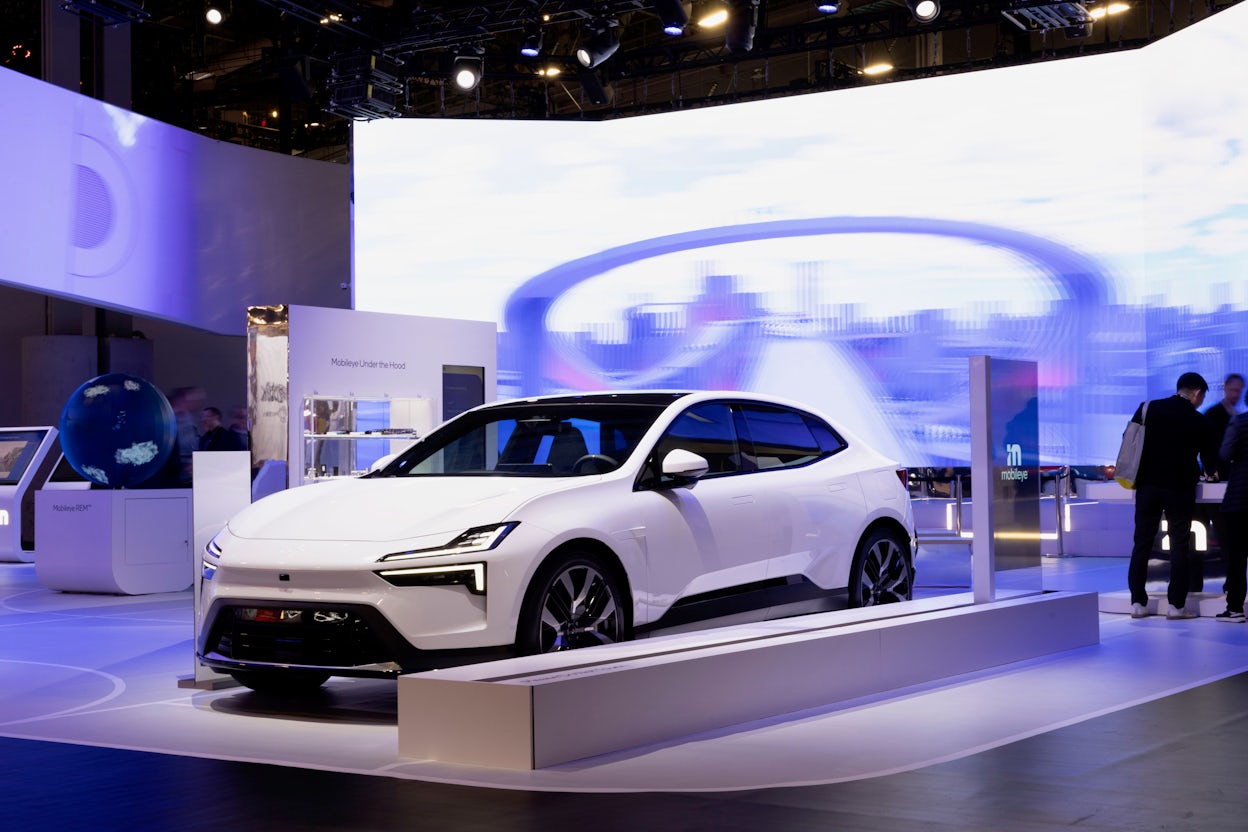
Polestar's latest announcements have just been revealed at the world's biggest electronics trade show, and they confirm the company's commitment to innovation and improvements.
The trade show is called CES and takes place each January in Las Vegas. Held across multiple halls at the Las Vegas Convention Center, and other venues across the city, it is a mammoth event.
Polestar was there, with the Polestar 3 proudly on display in Google's Android booth in the heart of the Convention Center location. In a show where everyone is trying to catch the eye, Polestar stood out with cool, practical initiatives that are available immediately.
The announcements were evidence of the continued partnership between Google and Polestar.
One of the most exciting new features from Google involves the popular Google Maps app. You may be familiar with the process of entering your route when you enter the car. Or if you start driving before entering your route, at a certain speed (and for safety reasons), the keyboard disappears so you must enter the destination with your voice. It's still straightforward, but might it be better if, say, you could prep the route before you get into the car? That's what's happening here.
The new system lets users plan trips on the Google Maps app on their iPhone or Android phone and then seamlessly send the route to the Google Maps built into Polestar cars such as Polestar 2 and Polestar 3. This new feature is being rolled out immediately, so it's available right now. It was demonstrated on the Polestar 3 at the show.
It makes clear that Polestar sees Google as an important technology partner, and also shows how Android Automotive OS has grown in the three or so years since Polestar 2 was launched. It's now the software used in many cars and this new development adds great functionality to the system that is part of the Polestar 2, and will benefit Polestar 3 and Polestar 4 owners, too.
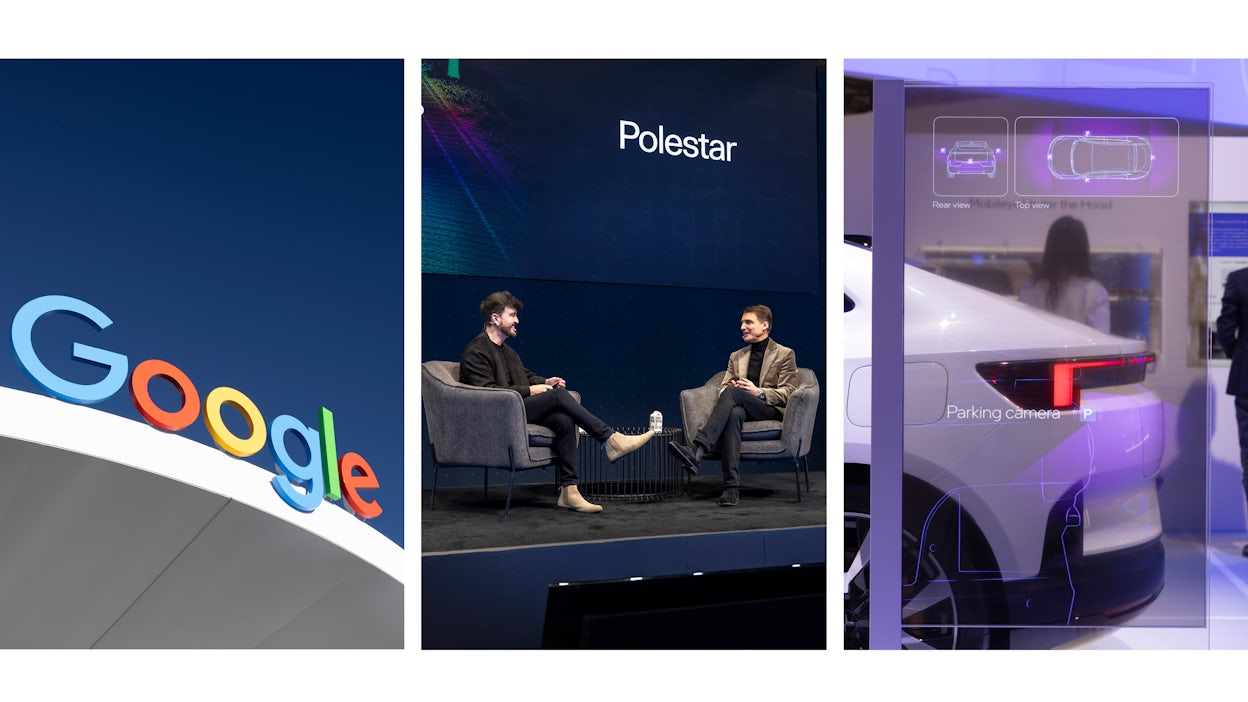
The second announcement was also Google-related and concerns the browser you can use in the car. In-car browsing is nothing new for Polestar, having installed the Vivaldi browser in Polestar 2 more than two years ago. That was good, but it's not as familiar to users as Google Chrome.
That incredibly popular browser is now coming to Polestar. Chrome is rolling out to Polestar 2 users now, in beta at first, and it means that a highly recognizable interface is now on board the car. It's designed to be used when the car is parked. Polestar is about the first brand to see this upgrade and it means there's easy access not just to the web but also to video channels – perfect to keep the kids amused while you're parked. And it means it's easy to instantly access any saved bookmarks you have, for instance, which is superbly convenient.
Google is a key part of all our lives, offering access to the world through its exemplary browser and unbeatably good mapping. Now, thanks to a forward-looking joint initiative, both are effortlessly available to Polestar owners.
But the tech giant wasn't the only Polestar partner on stage in Las Vegas. Two more were on display. Leading automotive technology provider Luminar showcased its latest safety and autonomous driving features, demonstrating its updated crash-avoidance capabilities. The live demo featured high-tech camera and radar systems, showing how high-speed collisions are avoided without driver intervention.
Across the road, Mobileye, one of the industry's leading automotive software developers, gave a further glimpse into the world of driverless transportation. Through a range of impressive tech (including major breakthroughs in the use of artificial intelligence), the company appears to be bringing autonomous driving ever closer.
If CES is anything to go by, 2024 promises to be another transformative year in mobility. We can't wait to see what happens next.

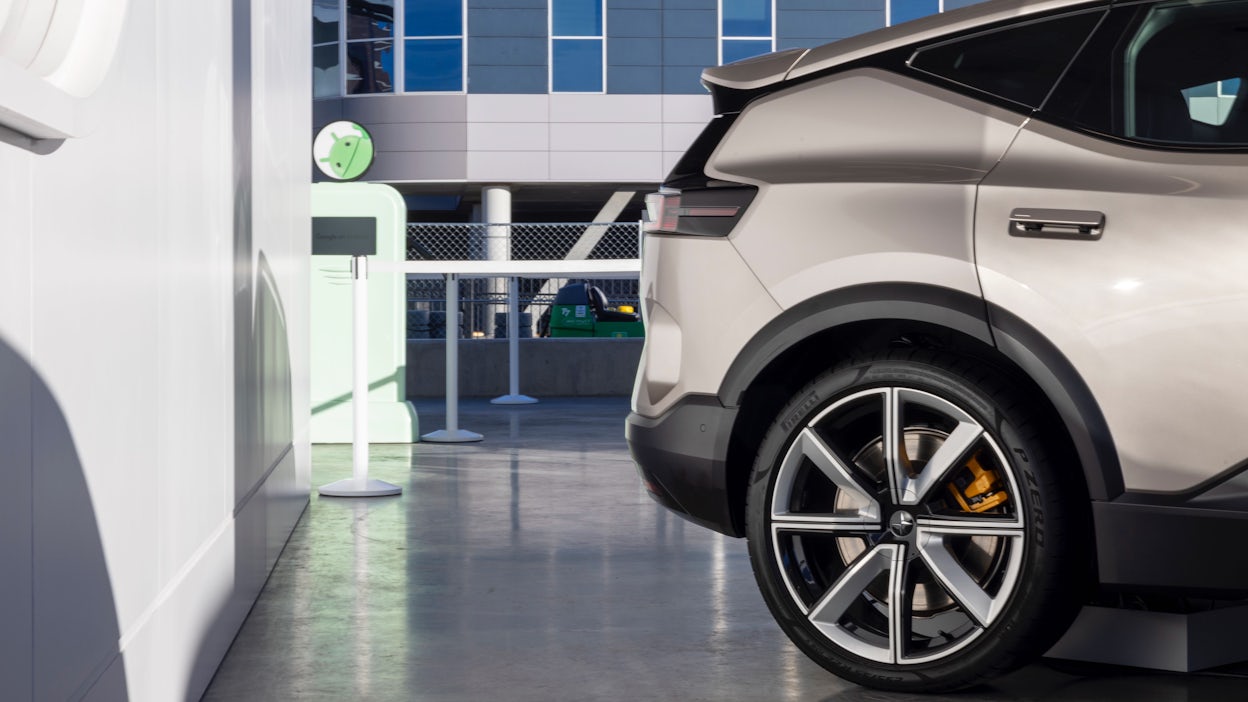
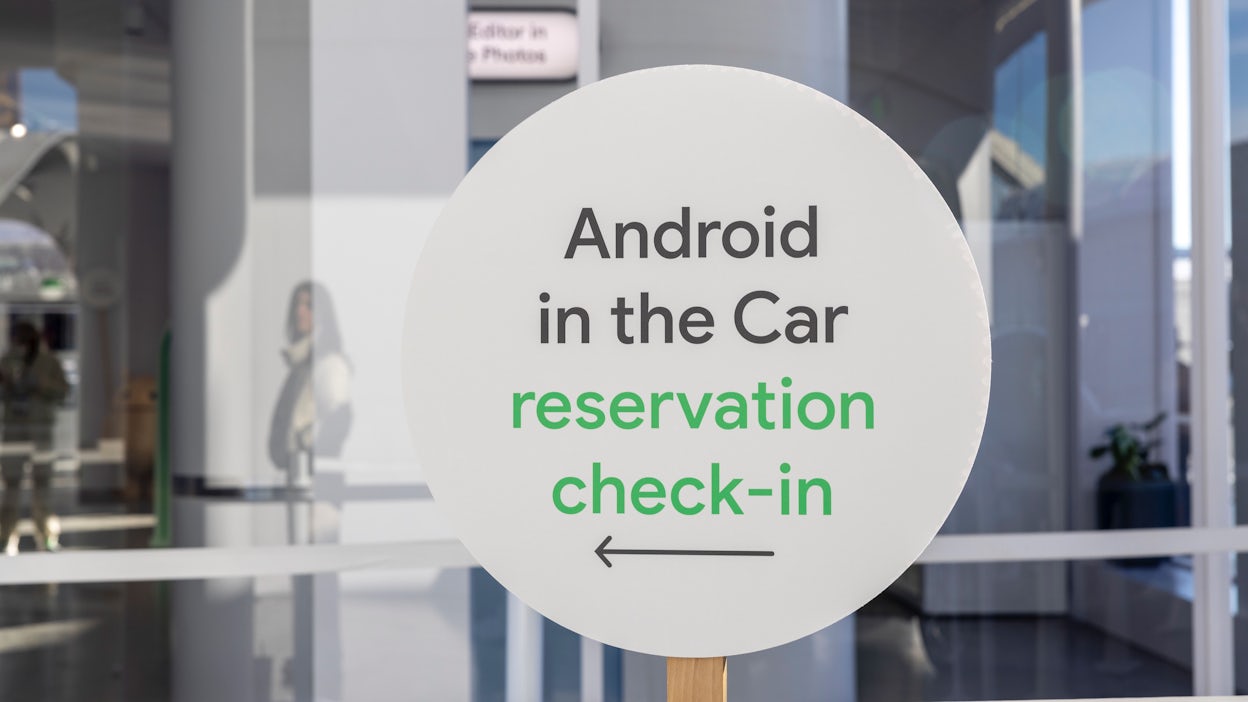
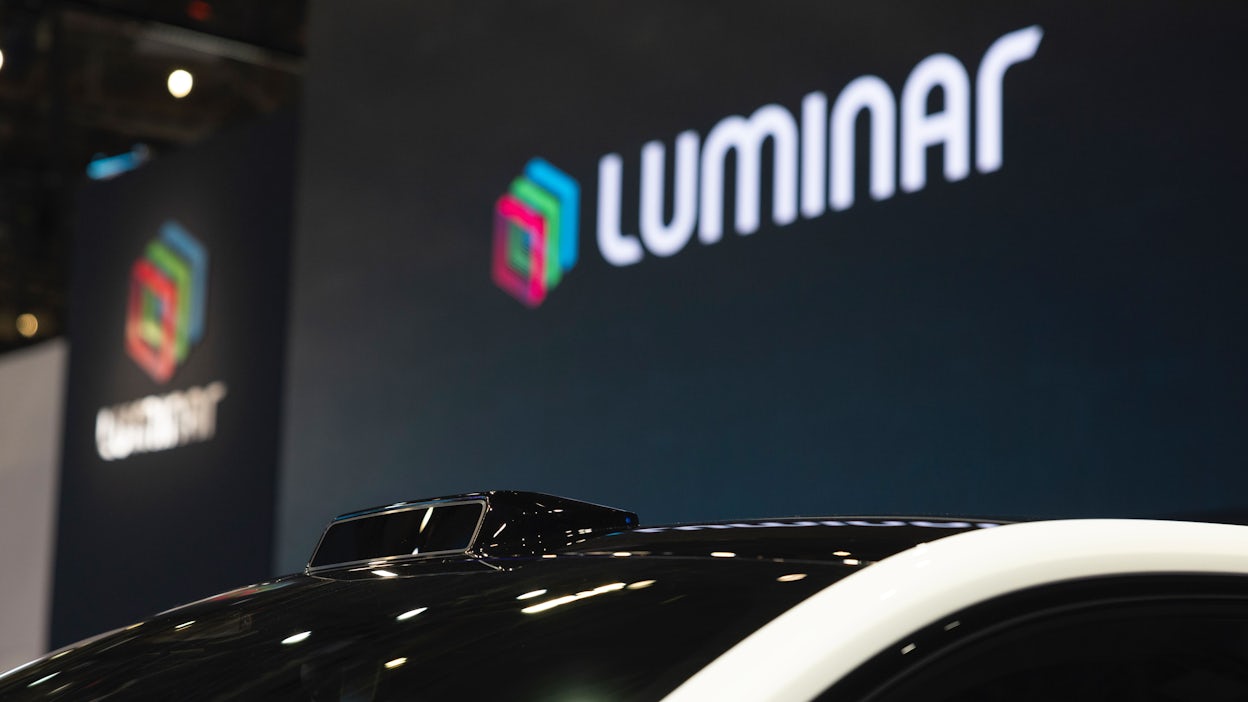




01/04








